|
|
Citrine, like Amethyst, is part of the quartz family. Citrine takes its name from the Latin "citrus" for citrus tree. Natural citrine is actually somewhat rare in nature. Most citrines on the market today have been converted from less expensive amethyst or smoky quartz through a heat process. True citrine is characterized by light yellow tones, as opposed to the orange/violet tones of "converted" citrine. Citrine is widely used in jewelry due to its availability, affordability, and durability. It was popular in the late Victorian era and was often set with other semiprecious stones such as bloodstones, carnelian and garnets. The Greeks and Romans used Citrine for intaglios and as cabochon (polished) gemstones during the first and second centuries. The gemstone was worn as a protective talisman and used for medicinal purposes. The Romans and Greeks believed it to be the crystallized essence of sunshine, and believed it would aid in digestion and cleanse toxins from the body. Citrine was carried as protection against snake venom.
|
Citrine Gemstone:

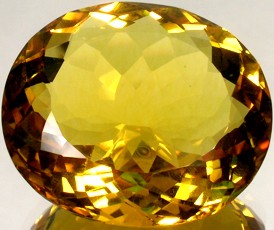
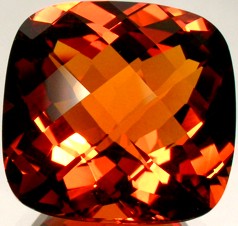
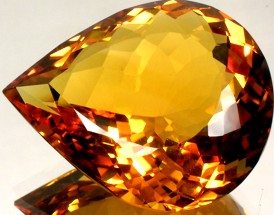
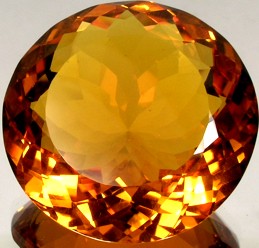
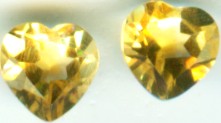
|
|